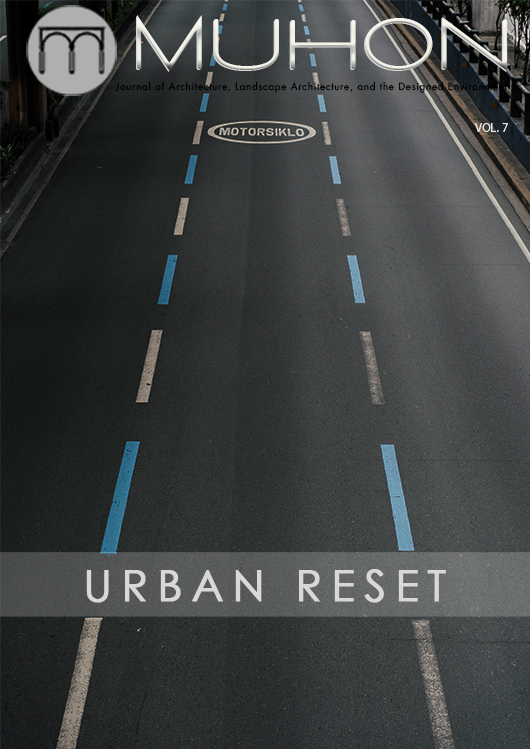Teaching Tropical Design Through Simulating Scale Models
Abstract
The challenge of teaching a Tropical Design course to undergraduate students of an Architecture program of the University of the Philippines Diliman, College of Architecture is assisting students in visualizing the impact of heat gain in their design. This paper’s objective is to illustrate that simulating scale models is an effective pedagogical tool.
Architecture students have high spatial intelligence. Effective spatial learning requires visual representations in communication and exploration. Two-dimensional graphics have its limitations, while 3-dimensional models offer a richer presentation and development of design.
Application, as Washburn's fourth building block of learning, introduces practice as utilization of the lessons learned in the course. Thus, an effective exercise and application for the Tropical Design Course is the construction of a scale model exposed to direct sunlight and simulating the critical positions and angles of the sun for an entire year. It provides a sufficient conceptual understanding of heat gain. The advantages of scale models are providing learning through their physical creation and manipulation, and they offer immediacy and richness in conveying information and insights.
The scale model needs to be monochromatic, well-built, sturdy, lightweight, and able to withstand physical manipulation. The appropriate scale is from 1:50m to 1:100m, depending on the design brief, but small enough to carry around, and large enough to provide details, such as sunshade devices. The objective of the model is to demonstrate the ability of their design features to protect from heat gain. The instructor provides a shadow guide to assist the student in rotating the model under the sun. Successful testing entails prevention of direct sunlight from entering the interior of the scale model, which the students document extensively through photographs. The paper also presents student works as examples.
Success of the exercise is based on the grade given by the instructor as a component (sun-shading and heat-gain solution) of an evaluation rubric that covers also the other aspects of the plate. Out of 91 student works, over 93 percent were adjudged to have scored satisfactorily or better.
Keywords: tropical design, simulation, scale model, architectural educationThe copyright for the published work belongs to UPCA and its selected publisher. The contributor is free to publish a modified version of the same article in other publications.
The contributor guarantees that :
- the article does not infringe on the copyright or any proprietary right of any other person
- the article contains no libelous or other unlawful matter
- the article makes no improper invasion of the privacy of any other person.





